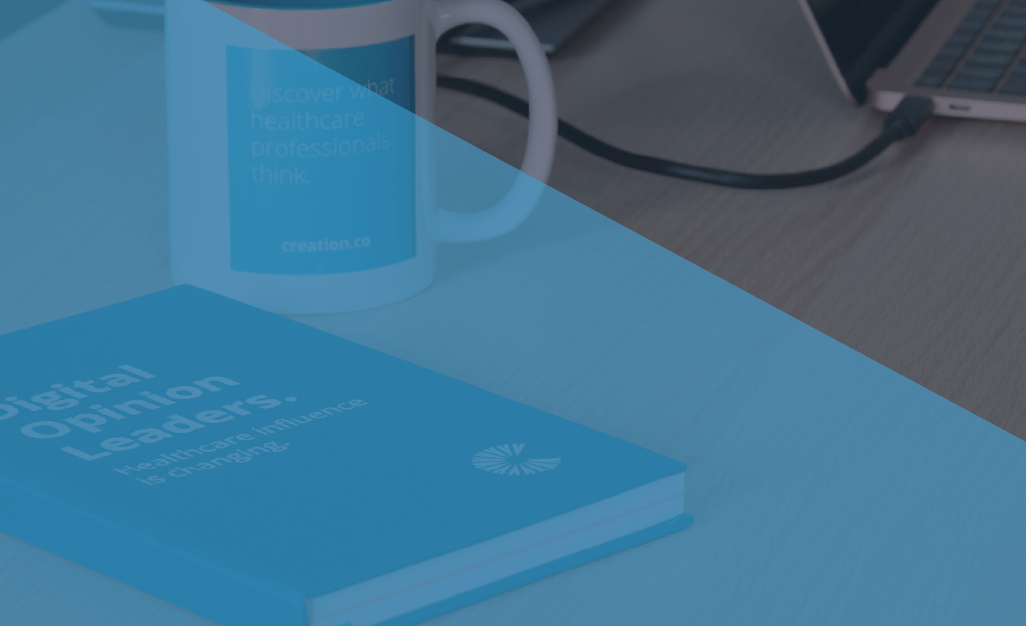In many ways, communication between health stakeholders has been transformed by today’s digital era. I use the term ‘healthcare engagement’ to refer to two-way communication between stakeholders, and it is this area in particular that has been affected by new digital channels.
Fifteen years ago, the concept of healthcare engagement might have referred to a fairly linear set of two-way relationships such as the dialogue that took place between a patient and their doctor; between individual doctors; or between a pharmaceutical representative and a healthcare professional. Today, the rise of digital channels has led to a disruption in traditional lines of communication between healthcare stakeholders. Examples of changes in healthcare engagement brought about by digital channels include:
- Healthcare professionals discuss diagnosis of cases and clinical practice in open and closed forums to seek the advice of peers
- Patients based all around the world share their experiences of living with disease
- Wikipedia, a website edited by anybody, is used by both healthcare professionals and patients as a trusted resource on medicines
- Pharmaceutical reps from different companies compare notes in social forum cafepharma.com
New digital channels of communication have introduced numerous new concepts in healthcare engagement. The empowered ‘e-patient’ has already been widely discussed, so here I will explore some of the other new concepts in digital healthcare:
- The influential patient blogger
- Patient social networks
- New digital healthcare providers
- Doctors’ social networks
- User-generated medical information
- Mainstream digital channels as health information portals
The influential patient blogger
Some individual patients living with a chronic disease have become highly active influencers online – and even offline, too. Kelly Young, whose blog, RAWarrior, about life with Rheumatoid Arthritis has become a hub of resources on the disease, is just one example of a large and growing community influencing hundreds of thousands of other people. Kelly’s online influence through RAWarrior includes her Arthritis Warrior Facebook page followed by almost 16,000; over 40,000 views on her YouTube channel; and her Twitter profile with almost 5,000 followers through which she leads a weekly Twitter chat.
In my book, Pathways to Engagement for Healthcare Organizations, I write about Roche Diagnostics’ initiative with a community of patient bloggers focused on diabetes. The company recognized the influential role of the online patient community and deliberately set out to engage them. Some of the lessons have Roche learned through this initiative are highlighted in my interview with Roche’s Rob Müller on patient engagement.
Patient social networks
PatientsLikeMe is a social network of patients connected by their experiences with disease. The community includes over 1,000 diseases and operates as a tool where patients compare notes on conditions, symptoms and treatments.
When I interviewed Ben Heywood, PatientLikeMe’s co-founder in our 2010 Healthcare Engagement Strategy Awards, he told me then that 21% of patients responding to a survey had indicated that they had changed their physician as a result of being part of the network. Two years ago, 10% of all US patients diagnosed with MS went on to join PatientsLikeMe. Since then, the network has grown from 50,000 to over 150,000 members.
Other kinds of patient social networks include those dedicated to a single disease area, such as TuDiabetes, which connects over 40,000 people affected by diabetes over two websites in English and Spanish languages. Manny Hernandez, founder of TuDiabetes and the Diabetes Hands Foundation, told me that the two different language networks were created to accommodate not only the language needs but to ensure cultural relevance across the international community of people affected by diabetes.
New digital healthcare providers
One of the most interesting new concepts in the digital age is the role of new and sometimes surprising digital healthcare providers. LiveNurse is a smartphone app that gives customers of US mobile services provider GreatCall direct access to a registered nurse for advice 24/7, together with a medical library and symptom checker tool. The mobile provider has in a sense become the primary gateway to healthcare for customers of its service.
Other disruptions to the traditional healthcare provider model include MediAngels, which describes itself as a ‘Global eHospital’ and the world’s first online hospital, where patients anywhere in the world can gain a second opinion from one of 300 medical specialists and pay for this online.
Doctors’ social networks
Digital platforms where healthcare professionals share ideas ranging from clinical practice and drug information to out-of-hours pastimes range from strictly closed, single-country networks to more inclusive and international environments. What they share is the concept of connecting like-minded professionals together.
The list of major doctors’ networks is extensive and diverse. In the US, Sermo describes itself as the largest online community, exclusive to physicians and has over 125,000 members. In Europe, numerous doctors’ social networks include the UK’s doctors.net.uk, with over 190,000 UK doctors registered. The world’s largest network for healthcare professionals is china’s DXY, with over two million members.
I will explore further the activity of doctors in these social networks later, under ‘Healthcare Professionals in the Digital Era’.
User-generated medical information
At a conference in Dubai, where I was speaking about mobile apps for healthcare, a doctor commented that he saw little point in spending time with pharma reps since he can learn much more about a drug by searching for it on Wikpedia. User-generated medical information found online in blogs and wikis – digital encyclopedias covering every conceivable topic, which can be edited by anybody – is influencing not only consumers but professionals too.
Wikipedia is arguably the most trusted user-generated wiki source. Search Google for any drug name or disease, and it is likely that the relevant Wikipedia page on the topic will be returned at or near the top of Google’s natural search results. Editors of a typical medical information page range from medical professionals to students, patients and other stakeholders.
Mainstream digital channels as health information portals
Despite the growing number of dedicated health websites, and social networks for patients and doctors, the most popular online channels for healthcare engagement are of course mainstream channels used for search and social media. In most of the world, Google is the primary tool used to search for information about healthcare, disease or drugs not only by patients but by healthcare professionals too. Mainstream social media channels including Facebook and Twitter are digital channels of choice for many consumers to share their health experiences, and even for healthcare professionals to discuss clinical practice.
For a pharmaceutical marketer, activating Digital Opinion Leaders requires a familiarity with each of these new concepts of healthcare engagement. But for anybody with an interest in engaging Key Opinion Leaders in today’s digital era, further consideration of the online behaviour of healthcare professionals in the is essential. I will explore this next, in Healthcare Professionals in the Digital Era.
This article is included in my eBook, Activating Digital Opinion Leaders, available to download free of charge.

 By Daniel Ghinn
By Daniel Ghinn 

